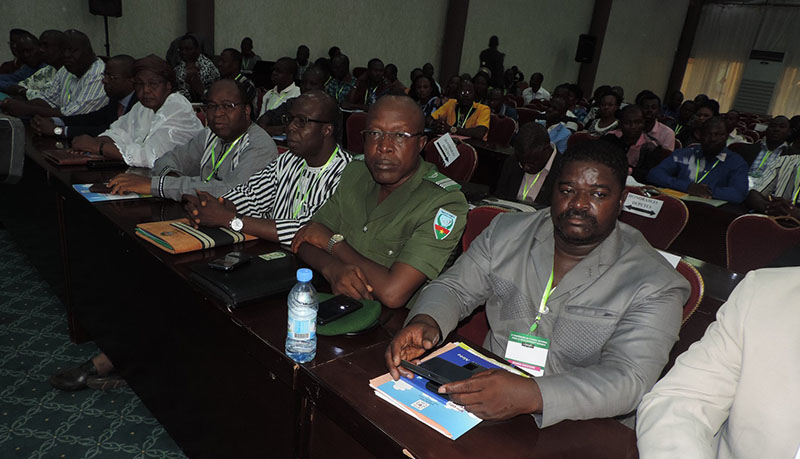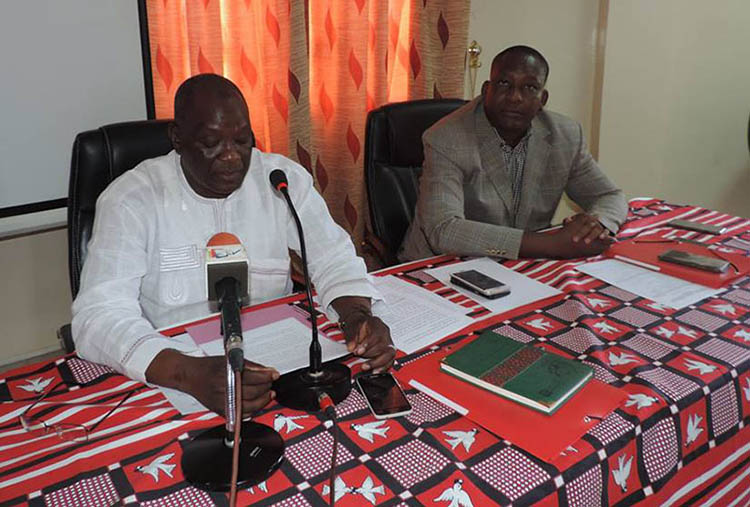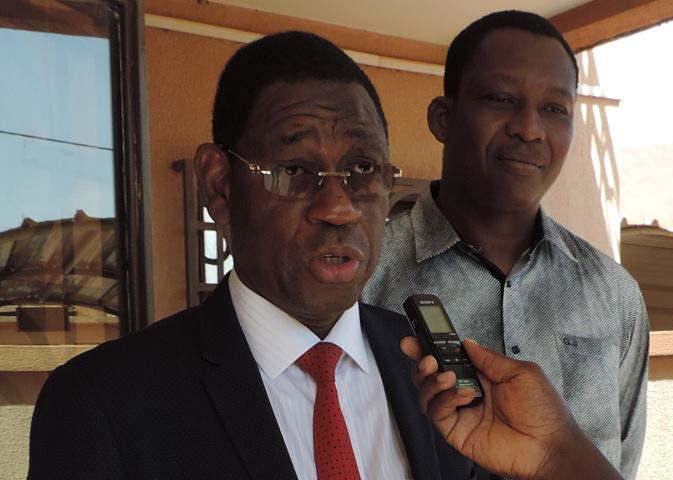|
The FIE has several modes of intervention. The most used mode to date is the use of calls for projects. The first call launched in 2013 under the pre-FIE allowed the selection of 68 projects to be financed in two... |
|
The FIE is represented in regions through six (06) Regional Directorates covering the national territory. It's about the :
|
The FIE covers 5 major areas of intervention that are defined in its specific statutes. It is :
|
|
For the third call for projects, the grant ceilings were:
This is the ceiling (maximum) of the grant awarded by the FIE for a promoter project. |
|
The sources of financing of the FIE are:
The FIE now benefits from State grants (operating... |
|
The Intervention Fund for the Environment (FIE) was established in the first Environmental Code in 1994. The FIE has been renewed in the following two revisions of this code, the latest of which was April 2, 2013. The Ministry in... |
|
The Intervention Fund for the Environment (FIE) is a financial instrument designed to be a source of national and international financing. It is a State Public Establishment (EPE) classified as a State Fund. It is placed under the technical supervision... |
|
In Burkina, the environment is everyone's business, as stated in the Basic Law in Article 29, which makes the protection, defense and promotion of the environment a duty incumbent on all. And the different national policies and strategies in the... |
|
The environmental situation in Burkina Faso has become increasingly worrying in recent years. Indeed, whether it is the phenomenon of land degradation, pollution and nuisances, unanimity emerges at the level of the various actors concerning the negative consequences of the... |
|
The FIE is also an economic tool with positive effects on Burkina Faso's growth, by reducing current trends of environmental degradation and therefore related economic losses. It is also a generator of direct economic development by supporting the development of... |





